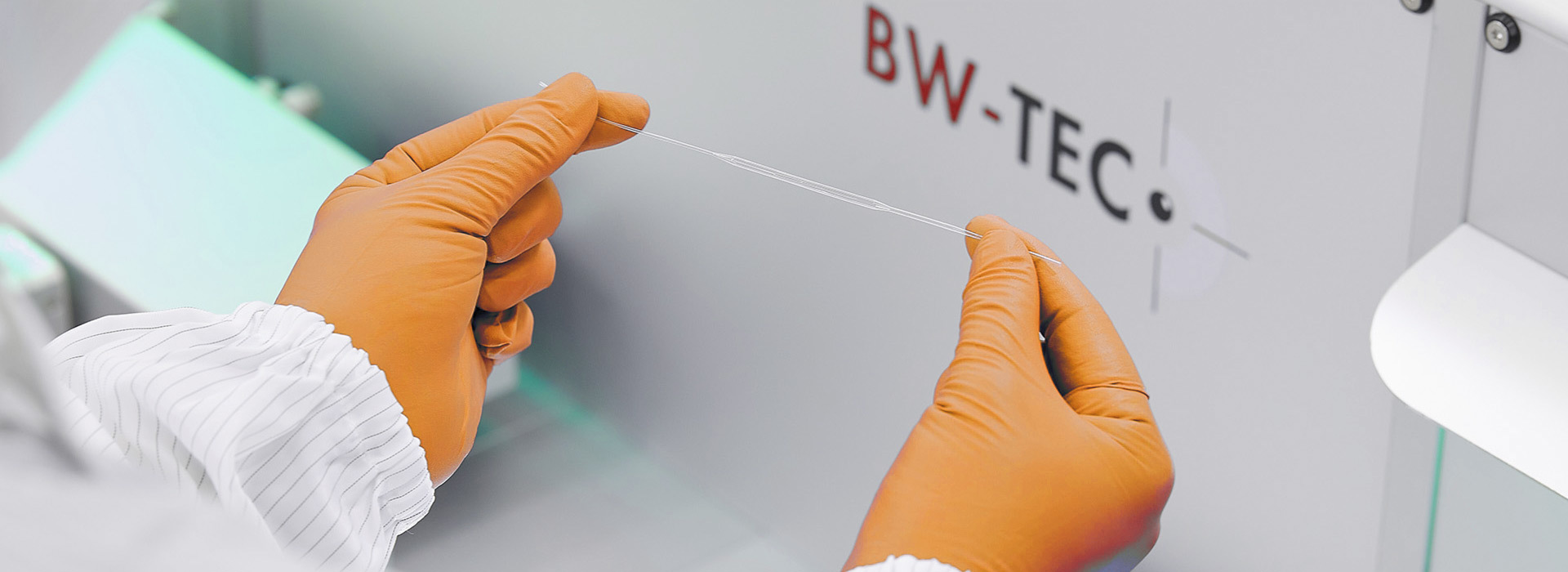Core raw materials for reagents
Core Raw Materials for Reagents - Summary
EIA/CLIA
Enzyme-linked immunosorbent assay (ELISA) is a common method for determining antibodies or antigens. ELISA is based on the enzyme-catalyzed reaction of associated enzymes with immune complexes. Antibodies can be fixed on a plastic plate with a surface coating, allowing for easy separation of immune complexes from other components after simple washing of the plate for measurement. Chemiluminescent microparticle immunoassay (CLIA) combines highly sensitive chemiluminescent measurement technology with highly specific immune reactions for the detection and analysis of various antigens, haptens, antibodies, hormones, enzymes, fatty acids, vitamins, and drugs. It is the latest immunoassay technology developed after radioimmunoassay, enzyme immunoassay, fluorescent immunoassay, and time-resolved fluorescent immunoassay.
View more| Pair | Lot | Product name | Classes | MethodAdvantage | Application | On Trial |
|---|
GIA/CMIA
Colloidal gold immunochromatography method fixes specific antigens or antibodies in a strip shape on a membrane. The colloidal gold-labeled reagent (antibody or monoclonal antibody) is adsorbed on the conjugate pad. When the sample to be tested is added to one end of the test strip's sample pad, it moves forward through capillary action, dissolving the colloidal gold-labeled reagent on the conjugate pad, and then reacts. When it moves to the area where the fixed antigen or antibody is located, the substance to be tested binds specifically with the gold-labeled reagent, which is then captured and accumulates on the test line, resulting in a color change that can be observed with the naked eye.
View moreMDX
Molecular diagnostics is a technology used for diagnosing and monitoring diseases at the molecular level. It allows for the detection of diseases and their pathogenic factors with high precision and sensitivity, even before symptoms appear. Molecular diagnostics typically involves extracting DNA or RNA from patient samples (such as blood, urine, or tissue) and then using molecular biology techniques such as PCR (polymerase chain reaction) for amplification and analysis.
View more| Pair | Lot | Product name | Classes | MethodAdvantage | Application | On Trial |
|---|



